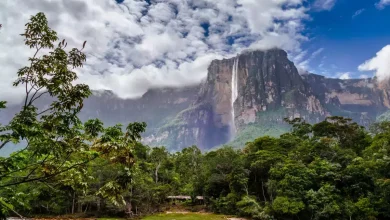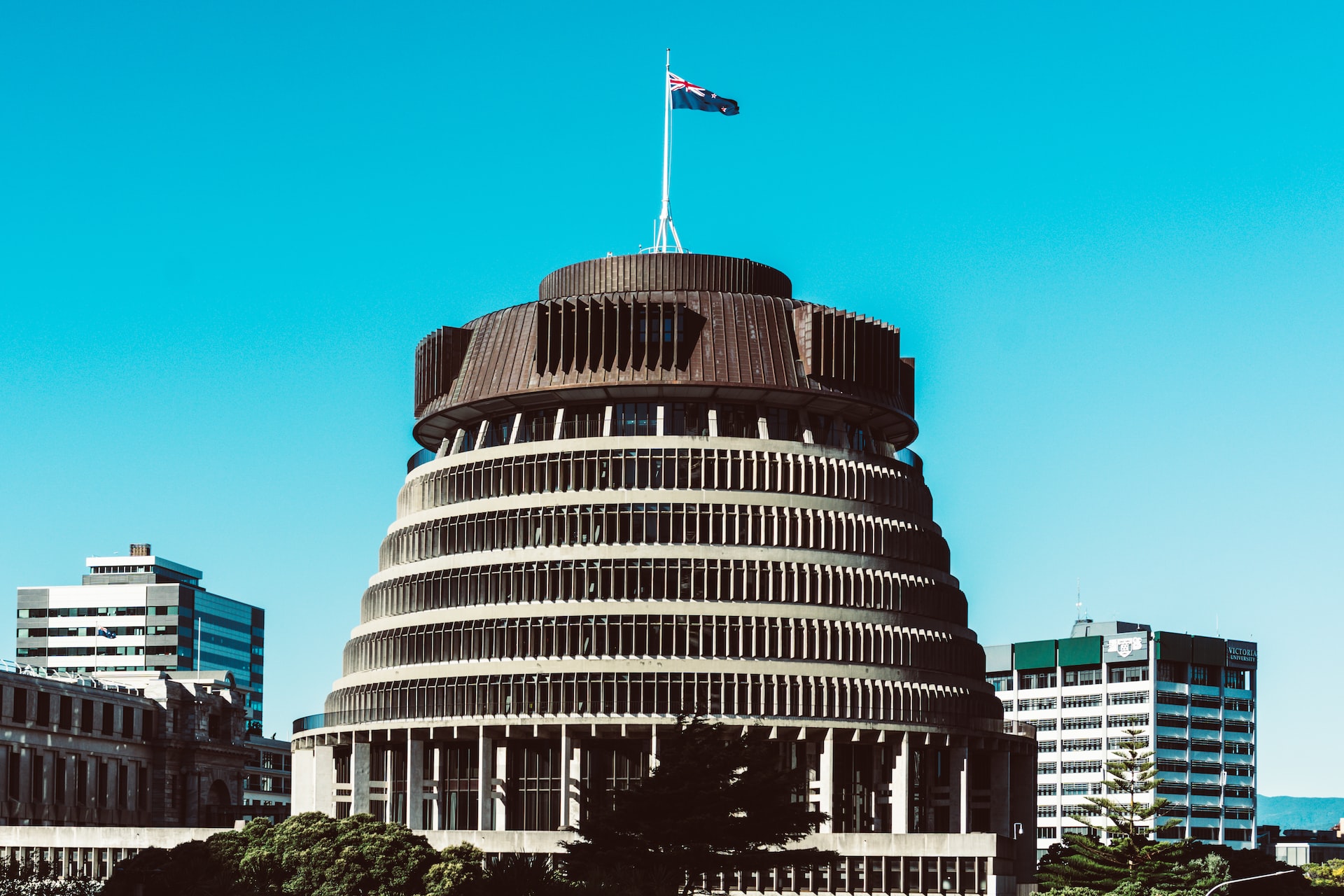The 10 Largest Forests on Earth Nature’s Majestic Beauty
The 10 Largest Forests on Earth Nature's Majestic Beauty
Discover the breathtaking expanse of the world’s largest forests. From the towering trees of the Amazon to the ancient biodiversity of the Congo Basin, delve into the wonders of these natural wonders in this comprehensive guide.
The 10 Largest Forests on Earth
Welcome to a journey through the heart of Earth’s grandeur. In this article, we embark on an exploration of the 10 largest forests that adorn our planet. These forests are not merely clusters of trees; they are ecosystems teeming with life, repositories of biodiversity, and guardians of our planet’s ecological balance. Let’s delve into the depths of these magnificent wonders and marvel at their splendor.
Exploring the Amazon Rainforest
The Amazon Rainforest: A Biodiversity Hotspot
Nestled within South America, the Amazon Rainforest stands as the epitome of nature’s bounty. Encompassing an area of approximately 5.5 million square kilometers, it is the largest tropical rainforest on Earth. Its lush green canopy shelters a staggering array of flora and fauna, with countless species waiting to be discovered amidst its emerald depths.
Unveiling the Congo Basin Rainforest
The Congo Basin: Africa’s Verdant Jewel
Spanning across Central Africa, the Congo Basin Rainforest is a sprawling expanse of greenery and life. Encompassing an area of over 2 million square kilometers, it is the second-largest tropical rainforest globally and is home to an astonishing diversity of plant and animal species. From majestic gorillas to elusive forest elephants, the Congo Basin harbors treasures waiting to be explored.
Traversing the Taiga of Siberia
Siberian Taiga The Boreal Wonderland
Venture into the icy realms of Siberia, and you’ll encounter the vast expanse of the Taiga. Covering much of Russia and extending into Canada, Alaska, and Scandinavia, the Siberian Taiga is the largest biome on Earth. Its coniferous forests stretch as far as the eye can see, providing a habitat for iconic species such as the Siberian tiger and the brown bear.
Roaming the Daintree Rainforest of Australia
Daintree Rainforest: Australia’s Tropical Gem
Nestled within the northeastern reaches of Australia lies the Daintree Rainforest, a UNESCO World Heritage Site renowned for its ecological significance. Spanning over 1,200 square kilometers, it is the largest continuous area of tropical rainforest in Australia. Home to ancient plant species and unique wildlife, the Daintree Rainforest is a testament to the continent’s natural heritage.
The Majesty of the Valdivian Temperate Rainforest
Valdivian Temperate Rainforest: A Chilean Treasure
In the southern reaches of Chile and Argentina, the Valdivian Temperate Rainforest unfolds its splendor. Spanning over 248,100 square kilometers, it stands as one of the largest temperate rainforests in the world. With its moss-draped trees, cascading waterfalls, and diverse ecosystems, the Valdivian Rainforest beckons adventurers to explore its untamed beauty.
Immersing in the Tongass National Forest of Alaska
Tongass National Forest: America’s Last Frontier
Located in the southeastern region of Alaska, the Tongass National Forest is a wilderness sanctuary like no other. Encompassing an area of approximately 68,000 square kilometers, it is the largest national forest in the United States. From towering Sitka spruce to pristine fjords, the Tongass offers a glimpse into the untamed wilderness of the Alaskan frontier.
Embracing the Primordial Beauty of the Congo Rainforest
The Congo Rainforest: Africa’s Green Heart
Stretching across six countries in Central Africa, the Congo Rainforest is a bastion of biodiversity and vitality. Covering an area of over 2 million square kilometers, it is the second-largest tropical rainforest on the planet. Its towering trees, meandering rivers, and diverse ecosystems support a myriad of species, including endangered gorillas and forest elephants.
Reveling in the Splendor of the Great Bear Rainforest
Great Bear Rainforest: Canada’s Coastal Gem
Along the rugged coastline of British Columbia, Canada, lies the Great Bear Rainforest—a pristine wilderness of towering trees, misty fjords, and abundant wildlife. Encompassing an area of approximately 6.4 million hectares, it is one of the largest temperate rainforests left on Earth. Home to the iconic spirit bear and the elusive coastal wolf, the Great Bear Rainforest captivates all who wander into its embrace.
Discovering the Majestic Montane Forests of the Andes
Andean Montane Forests: South America’s Highland Haven
Spanning the length of the Andes mountain range, the Andean Montane Forests are a tapestry of ecological diversity and natural grandeur. From the mist-shrouded slopes of Ecuador to the rugged peaks of Patagonia, these montane forests harbor a rich array of flora and fauna adapted to life at high altitudes.
Exploring the Enigmatic Forests of Borneo
Borneo’s Tropical Rainforests: A Haven for Biodiversity
In the heart of Southeast Asia lies the island of Borneo, home to some of the oldest rainforests on Earth. Encompassing parts of Malaysia, Indonesia, and Brunei, Borneo’s tropical rainforests are a biodiversity hotspot teeming with life. From orangutans swinging through the canopy to pygmy elephants roaming the forest floor, Borneo’s forests are a testament to the wonders of evolution.
FAQs
How do forests contribute to the global ecosystem?
Forests play a crucial role in maintaining ecological balance by absorbing carbon dioxide, producing oxygen, regulating climate, and providing habitats for countless species.
What are the main threats to forest ecosystems?
Deforestation, habitat fragmentation, climate change, and illegal logging are among the primary threats facing forest ecosystems worldwide.
Are there efforts to conserve and protect these forests?
Yes, various organizations, governments, and local communities are actively engaged in conservation efforts aimed at preserving these invaluable natural habitats.
How do forests benefit human communities?
Forests provide essential ecosystem services such as clean water, air purification, food, medicine, and recreational opportunities, benefiting human health and well-being.
What can individuals do to help protect forests?
Individuals can contribute to forest conservation efforts by supporting sustainable forestry practices, reducing their carbon footprint, advocating for forest protection policies, and participating in reforestation initiatives.
What are the economic benefits of forests?
Forests contribute to local economies through ecotourism, timber production, non-timber forest products, and the provision of ecosystem services that support industries such as agriculture and fisheries.
Conclusion
In conclusion, the 10 largest forests on Earth stand as guardians of biodiversity, reservoirs of carbon, and sanctuaries of natural beauty. From the dense jungles of the Amazon to the icy expanses of the Siberian Taiga, these forests inspire awe and
reverence for the wonders of the natural world. As stewards of the planet, it is our collective responsibility to cherish, protect, and preserve these invaluable ecosystems for generations to come.





